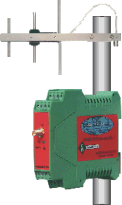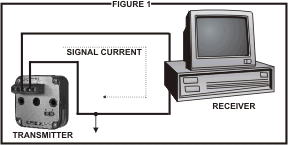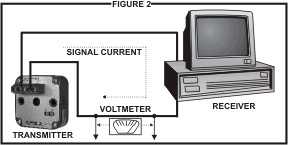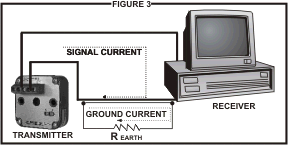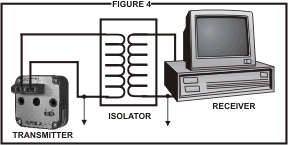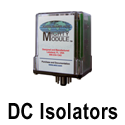Monitor Flow and Level Wirelessly at Remote Sewage Lift Stations
Back in the late 1980’s a local city municipality had six lift-stations wired underground directly to their Wastewater Plant located a few miles north of Daytona International Speedway. However, in 1995 a forest fire burned the entire surrounding fields which destroyed the Level and Flow sensors and the underground wires going to the wastewater plant were melted and rendered useless.
Cost issues have been a concern for this more rural municipality. They were searching for a more economical and cost effective way to retrofit the three lift stations than reinstalling all the old hardwired systems.
Over the years, all six of the lift-stations have been repaired and upgraded. However, they have only hardwired three of the main lift-stations back to the Wastewater Plant using a data acquisition system.
The city would like to tie the remaining three lift-stations into their data acquisition system by using Wireless Telemetry. By doing this they will be able to monitor two 4/20 mADC signals coming from a Flow and Level sensor at each of the three remaining lift-stations.
The decision to use Wireless was made to help alleviate the destructive issues from the aforementioned forest fire as well as help maintain the integrity of the system given Florida’s high winds (upturned tree roots), excessive high level ground water, and encroaching metropolitan development.
All three lift stations are located about 1,000 feet apart from each other deep into the forest. However, there is a 40 foot wide clearing next to the lift-stations which the city keeps mowed as an access road to each lift-station.
In order to test the effectiveness and durability for the new proposed wireless system one of the remote non-wired stations was configured in the following manner:
· 3-Element, 8 dBi Gain Yagi Antenna was installed on a small 10 foot tower at one lift-station
· A DR9011 wireless transmitter was installed in the existing enclosure along with the Flow and Level sensors producing the 4/20 mADC signals.
· A DR9021 Wireless Receiver was mounted approximately 3000 ft away at one of the main lift-stations.
· The 4/20 mA signals out of the DR9021 Receiver were wired directly into the existing data acquisition system to be sent back to the Wastewater Plant for monitoring.
The system has been running trouble free for over two years (2012) and the two other wireless systems are due for installation when time and funds are available.
Note: The lift station supervisor said that by using the Wilkerson Instrument Company wireless system they will be saving the City over $25,000 for the 3 installations.

